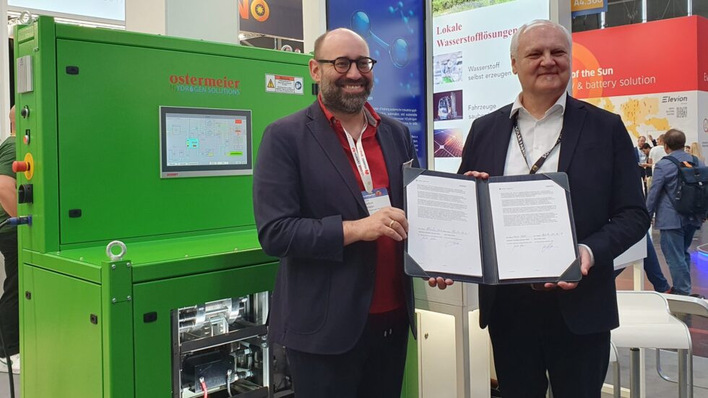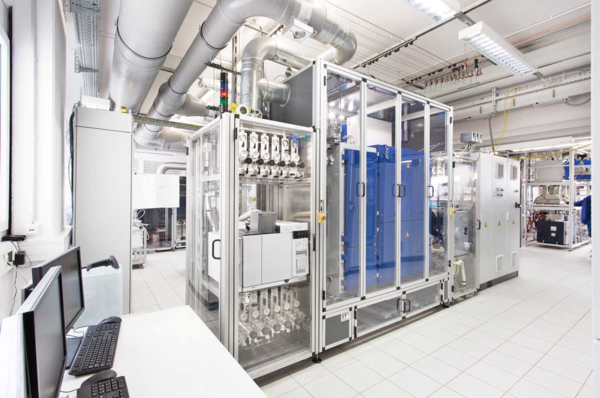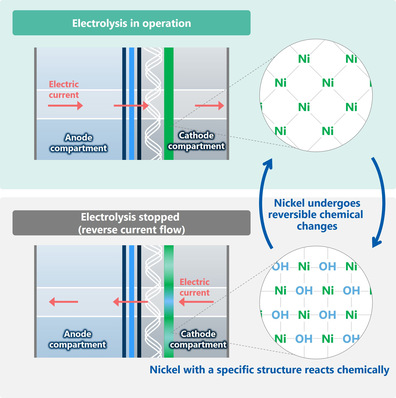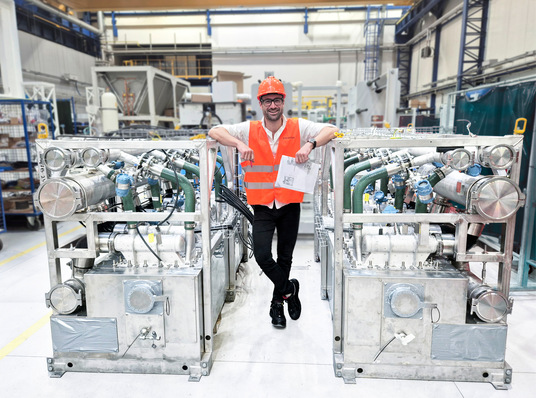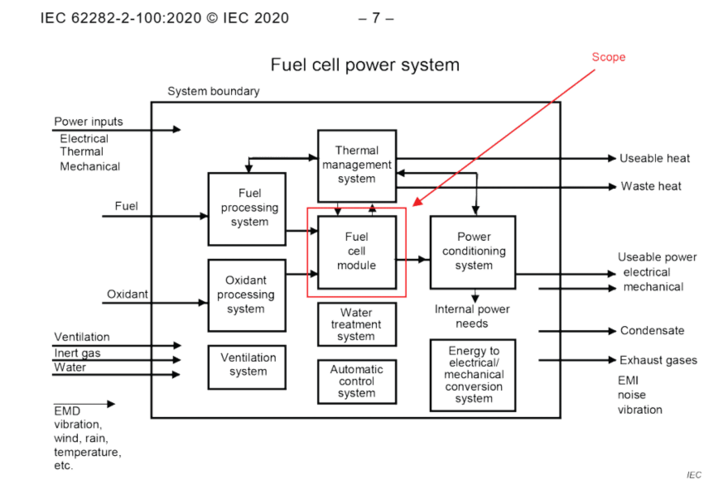
Responsibilities
The ISO, the International Organization for Standardization, is home to all issues relating to hydrogen technologies that focus on the safety during system operation and of the system components, particularly gas processing technology. The latter includes general content for wherever hydrogen is used or produced in an energy system, but also specific applications of H2 technologies with their specific requirements, such as the H2 quality or adherence to tank filling protocols or the specified use of filler necks on vehicles.
Initiatives to establish norms often evolve from national product development strategies. The aim of normalization work is nevertheless to shape these nationally derived wishes and requirements, with as international consensus as possible, into something harmonizably appliable. These norms are then carried over to and applied at the nation level in accordance with the respective national regulations.
Each country has a so-called mirror committee (Spiegelkomitee) that serves as a link to the foreign structure. In Europe, there is a cross-border body that bundles the national efforts and tries to establish a consensus of the national industries at the international level, as an added value to the greater community. However, there are also a large number of national bodies that are mirror committees and also directly constitute the technical committees (TCs) of the IEC and ISO.
Authors: Thomas Jungmann - Fraunhofer-Institut für Solare Energiesysteme ISE Freiburg, Germany & Dr. Alexander Dyck - DLR-Institut für Vernetzte Energiesysteme Oldenburg, Germany



